Feel The Love
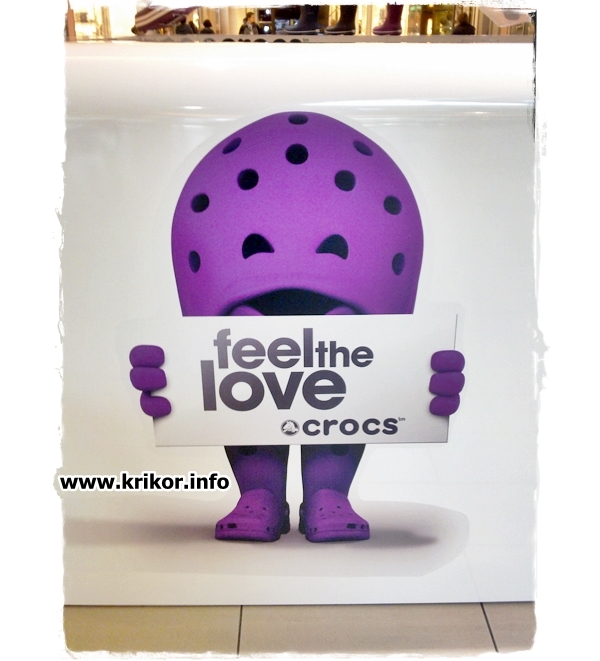
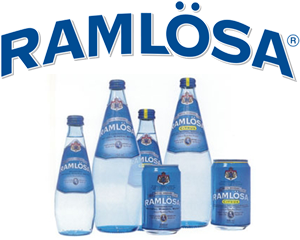 When it comes to bottled mineral water, Lebanese are very familiar with Perrier because of its French origins, some other few, can recognize Apollinaris from Germany, but I am not sure how many of you remember when Ramlösa was available in Lebanon during the 90′ and then disappeared from the market.
When it comes to bottled mineral water, Lebanese are very familiar with Perrier because of its French origins, some other few, can recognize Apollinaris from Germany, but I am not sure how many of you remember when Ramlösa was available in Lebanon during the 90′ and then disappeared from the market.
Ramlösa is a carbonated mineral water from a source in Ramlösa Brunnspark in the southern part of Helsingborg, Sweden. Ramlösa goes back to the year 1707 when a health spa around the source was founded by Johan Jacob Döbelius.
Ramlösa is today a wholly owned subsidiary of the Danish brewery group Carlsberg.
For those non swedish speakers out there: the ad is about a guy who comes too late to work and tries to make silly excuses. Another guy shows up and says: -Sorry guys, I overslept to the first guys embarrassment.
Translation courtesy of: http://insightforinnovation.blogspot.com/
![]() Gant is a formerly Swedish but currently Swiss clothing brand of American heritage launched in New Haven in 1949.
Gant is a formerly Swedish but currently Swiss clothing brand of American heritage launched in New Haven in 1949.
In 1980/1981, Gant entered the international market when Pyramid Sportswear of Sweden was given the right to design and market the Gant brand outside the U.S. Initially, Pyramid only offered the Gant label in Sweden but quickly expanded internationally. In 1995, Phillips-Van Heusen acquired the Gant brand in the U.S. from bankrupt Crystal Brands, Inc. of Connecticut, a sportswear manufacturer.
 PVH sold its Gant operations in 1999 to Pyramid Sportswear of Sweden, in which PVH held a 25% stake, for $71.000. Ironically, as the brand’s international licensee, Pyramid had already opened a Gant flagship store on New York’s Fifth Avenue in 1997. Pyramid Sportswear, which was to become Gant Pyramid AB, eventually turned Gant into a global brand.
PVH sold its Gant operations in 1999 to Pyramid Sportswear of Sweden, in which PVH held a 25% stake, for $71.000. Ironically, as the brand’s international licensee, Pyramid had already opened a Gant flagship store on New York’s Fifth Avenue in 1997. Pyramid Sportswear, which was to become Gant Pyramid AB, eventually turned Gant into a global brand.
In the spring of 2006, Gant became a public company and was listed on the Stockholm Stock Exchange’s O-List until it was delisted March 2008 and bought by Maus Frères.
As of 2007, Gant is established in 73 countries and their products are available at select retailers and 298 Gant stores worldwide, 18 of which are directly operated by Gant AB.
By 31 January 2008, Maus Frères S.A. of Switzerland, had acquired 95.6 % of the Gant Company AB shares, which completed the take-over.
GB Glace (originally Glace-Bolaget until 1991) is the largest ice cream company in Sweden. It was founded in 1942, and was purchased by the Anglo-Dutch company Unilever in 1996. Besides its own traditional brands, it now produces many of the same products as other Unilever Heartbrand subsidiaries.
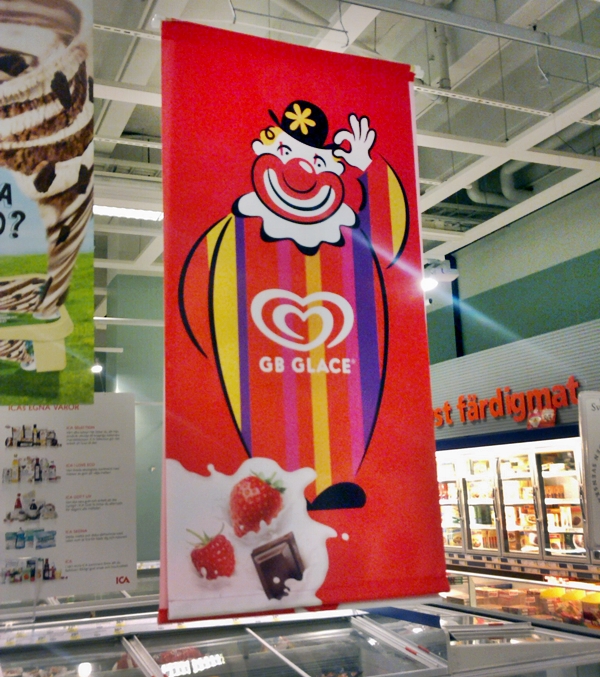
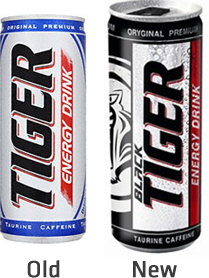 The Polish energy drink is quite interesting with 2 major players, 1 follower and few minor brands. The leader of the market, believe it or not, is not Red Bull.
The Polish energy drink is quite interesting with 2 major players, 1 follower and few minor brands. The leader of the market, believe it or not, is not Red Bull.
It used to be called Tiger, Tiger was branded with a nickname of Polish boxer Dariusz ‘Tiger’ Michalczewski, but late in 2010 owner of the brand removed any links to the boxer and regular Tiger was replaced by “Black Tiger”, also their slogan was changed from “Power is Back” to “Power is Black“.
At present two energy drinks under the Tiger name are available on the market. One is produced by FoodCare, which resumed its production after a court in Krakow decided to withdraw a decision that had prohibited the company from producing and selling the drink.
Another producer, Maspex, introduced Tiger to the market based on a license agreement with Dariusz Michalczewski, who terminated cooperation with FoodCare in 2010. The situation has yet to be resolved by the courts.
Red Bull was the first energy drink launched to Polish market. The Austrian brand that quickly became an international leader of the energy drink category dominated the Polish market for many years. Until 2004 where a Polish company called Gellwe (now called FoodCare) launched Tiger.
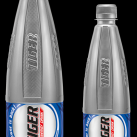 |
Due to the lower price Tiger soon became very popular among younger people who were obviously more price-sensitive.
Tiger had a problem with its brand image – perceived as a cheap copy of Red Bull – it couldn’t compete with the Austrian brand within some key target groups.
The next step in the process of improving Tiger’s brand image was the collaboration with Porsche Design Studio which prepared the design for Tiger’s new bottles introduced in March 2009.
Tiger’s main competitor, Red Bull, did not reveal its financial results for 2010, but according to estimates, its share of the market in terms of sales value accounted for 25% last year.
 Another energy drink, Burn, offered by Coca-Cola, increased its share of the market from 6.5% in 2009 to 8% in 2010. Burn’s sales volume grew by 60% year on year in 2010.
Another energy drink, Burn, offered by Coca-Cola, increased its share of the market from 6.5% in 2009 to 8% in 2010. Burn’s sales volume grew by 60% year on year in 2010.
Likewise, the Green up energy drink, produced by Herbapol, reported 120% growth in sales volume in 2010, and at present controls around 3% of the market in terms of sales value.
Moreover, two new energy drink brands were introduced to the market in 2010: Adrenaline Mountain Dew offered by PepsiCo and Las Vegas Energy Drink, produced by a Polish company under the same name.
The value of the energy drink market in Poland is estimated at PLN 700m (€179.6m). According to Nielsen, up to 2009 the rate of growth of the market, calculated in sales volume, accounted for several dozen percent per year, while in 2010 it slowed to 9%.
Nutella wanted to celebrate the 150th Anniversary of Italian Unity together with millions of Italian families. Through the “Esperienza Italia 150” limited edition collection, Nutella ideally embraces all Italians, from the South to the North, as a sole big family.”
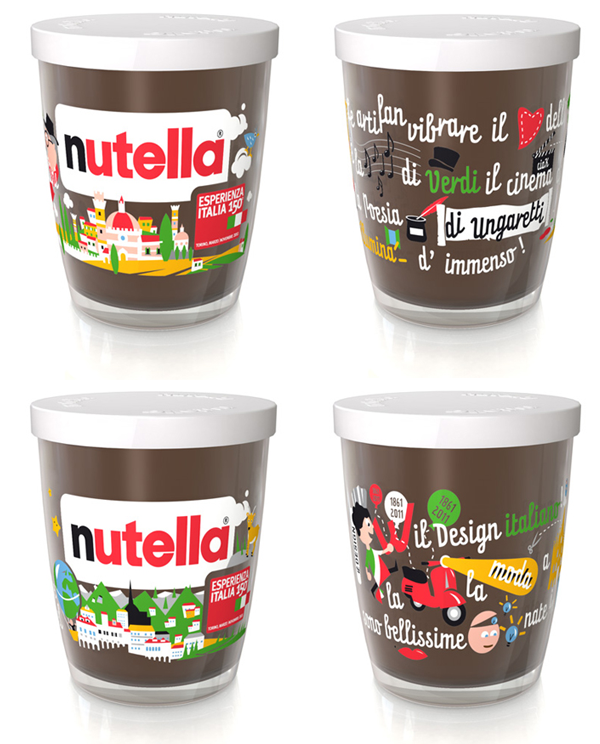
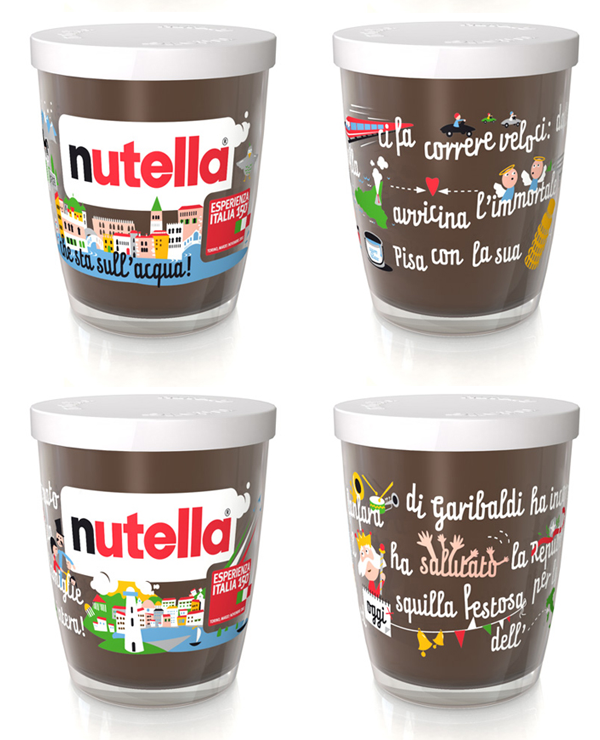
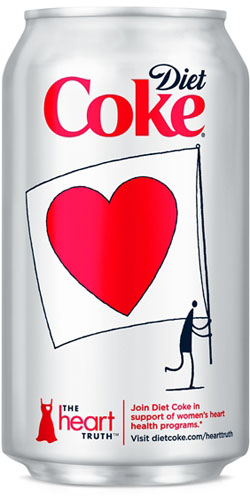 |
Diet Coke and Heidi Klum joined forces on February 1 to raise awareness and funds for women’s heart health education and research. February is American Heart Month, and for the fourth consecutive year, Diet Coke is partnering with the National Heart, Lung, and Blood Institute to support The Heart Truth® campaign.
This year, Diet Coke has created a national game of “Capture the Flag,” inviting people to visit DietCoke.com/HeartTruth where they can capture flags with a click of the mouse to trigger a donation from Diet Coke to heart health programs.
“Capture the Flag is such a fun game, so when Diet Coke asked me to join the team, I was in!” said Klum. “It’s simple for anyone to participate: go online, capture a flag, and you’ve raised money. Capture more flags. Raise more money. It’s that easy.”

Heineken France unveiled yesterday (24 March 2011) the new design of its bottles and cans in supermarkets: a leaner line, with an ellipsis in the neck and logo embossed on the back for the bottle, a more tactile feel for cans with a new printing technology. This lift is part of the group’s growth strategy (1.62 billion euros in sales in supermarkets in 2010) which, while it is already the leader in value in large and medium food stores in France, also Heineken intends to become the leader in volume during the coming 3 years.
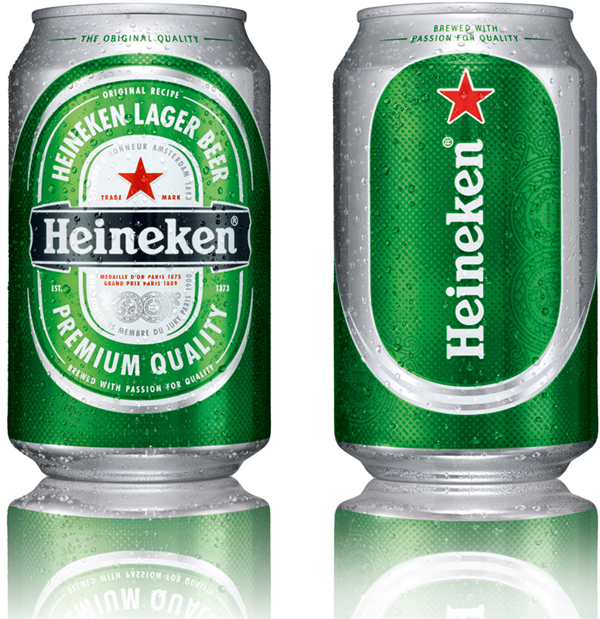
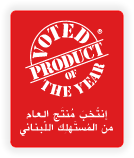 The Product of the Year is a prestigious award that rewards innovation in the FMCG sector through an independent consumer survey.
The Product of the Year is a prestigious award that rewards innovation in the FMCG sector through an independent consumer survey.
Participating products featuring unique innovations will be recognized as such and will be able to take advantage of a wide-ranging number of benefits offered to the Product of the Year award winners.
Products that successfully pass jury review will be subjected to a consumer survey: a study that indicates consumers’ patterns and preferences.
Products that are recommended by consumers are ultimately the winners of the awards in the various competition categories.